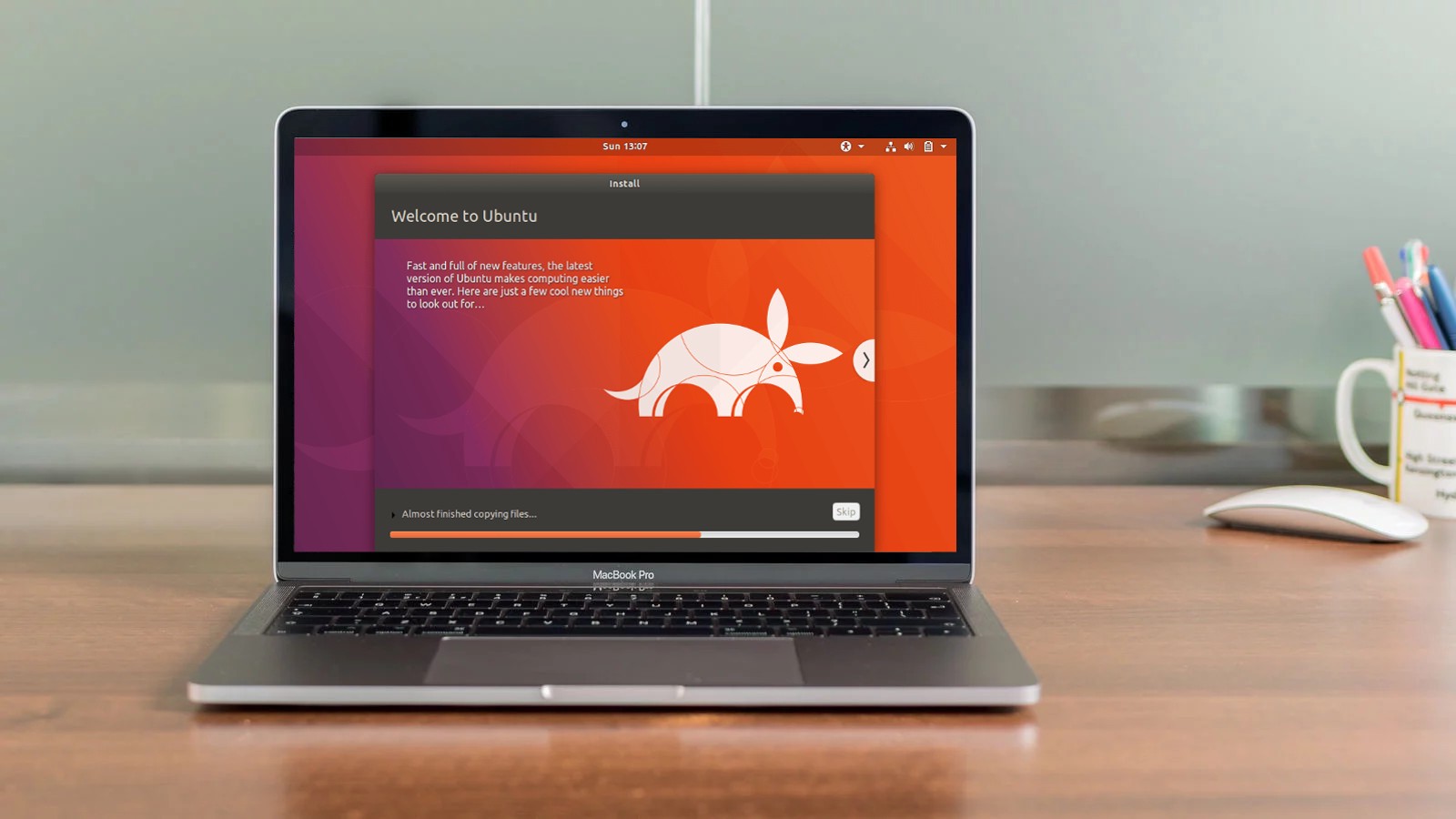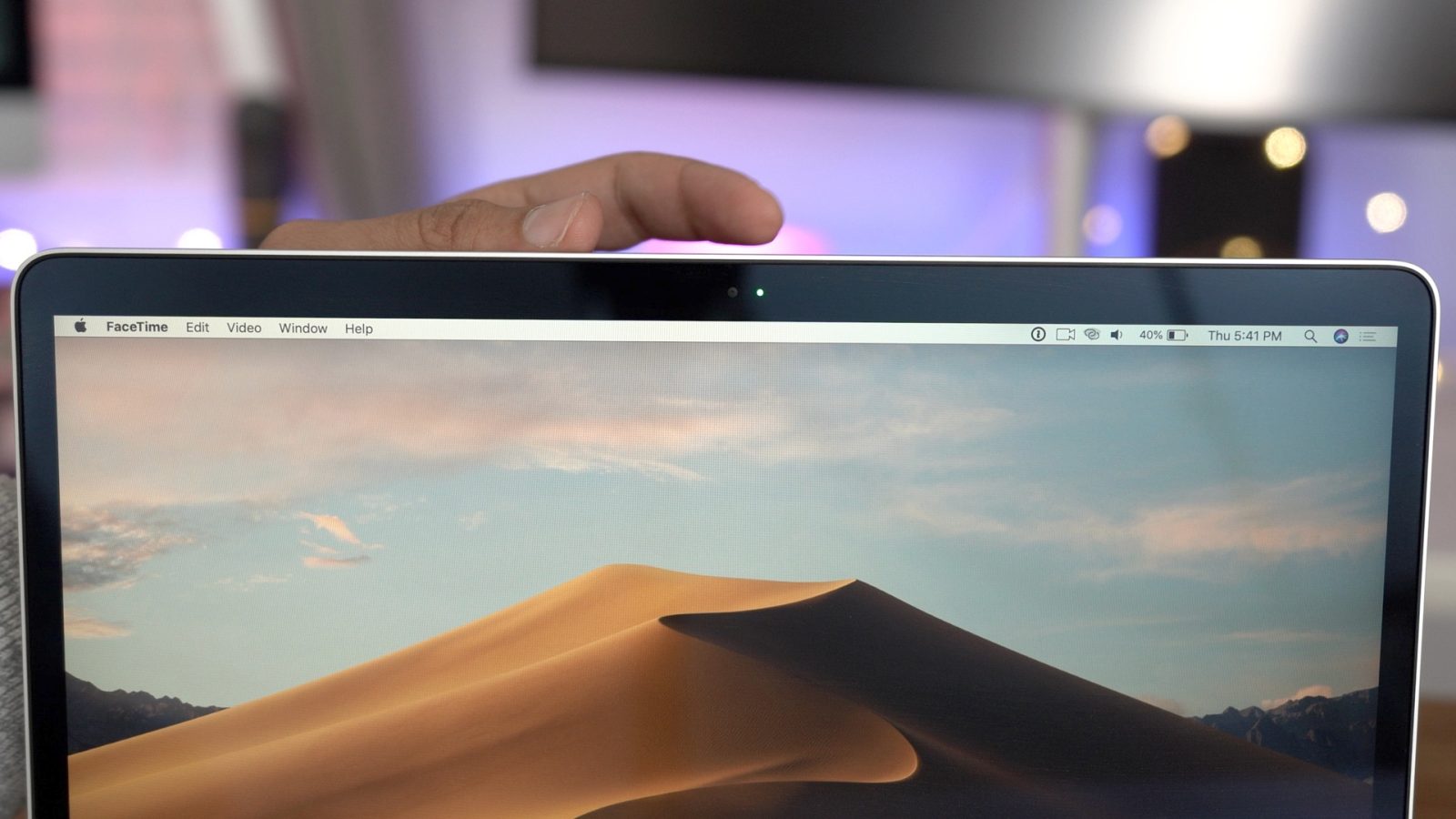If you have any Mac that you would like to manage remotely, then you can enable Screen Sharing or Remote Management in the Sharing system preferences. However, if these become disabled or if you keep them disabled by default, then you will not be able to access your system. Nevertheless, if you have Remote Login enabled and can establish an SSH connection, then you can take a few steps to re-enable Screen Sharing.
Dec 30, 2019 Connect Directly to another Mac via Screen Sharing To launch your Mac’s built-in Screen Sharing app, press Command+Space to open Spotlight search, type “Screen Sharing,” and then press Enter. You’ll be asked to type a hostname (such as a VNC or local Mac connection), or an Apple ID. Jan 03, 2018 Recently, Ang Cui from Red Balloon Security has found a way to hack the PCs monitor that enables a user to monitor the screen activities. A user can use it to attack someone computer and get their hands on personal and private information. Everyone knows that a computer device whether it is laptop or desktop machine can be hacked. May 20, 2020 The Mute Microphone command in the remote Mac’s Screen Sharing menu is a hint—when you’re sharing the screen, the connection also provides full audio communication. This seems helpful, but in many cases, you’re already talking on the phone, at which point it’s helpful to mute the microphone on both sides.
At the very least, you will need the IP address and credentials for a local administrative account on the system you are trying to administer, and then you can follow these steps to enable Screen Sharing:
- Open the OS X Terminal
- Start a remote login session by entering the following (replace <IP Address> and <Admin Username> with your Mac’s IP and admin user, accordingly. When run you will be prompted for your password, which will not show when typed):
- When successfully logged in, run the following command to re-enable Remote Management on the computer, followed by closing the Terminal to log out:
Oct 25, 2019 Mac screen sharing also allows you to screen share with yourself using Back to My Mac option. For example, when you’re home (or on vacation) and urgently need to access some files on your work machine in the office. Sounds complicated, but really. Aug 31, 2019 To disable screen sharing, of course, just open System Preferences, click on “Sharing” and deselect the “Screen Sharing” option. How to remotely connect to a Mac from a PC or iPad After activating the screen sharing function on your Mac, you can control the latter from a different Mac but also from a PC with Windows or iPad / iPhone. Oct 10, 2012 Screen Sharing is extremely easy to setup, follow along or watch the video below for a quick demonstration. How to Set Up & Use Screen Sharing in Mac OS X. To make things easy, the Mac screen being shared will be called the “server” and the other Mac connecting to it. Mar 31, 2020 To share your iPhone or iPad screen to your Mac, you simply: Plug your iPhone or iPad in to the computer using the charging cable and a USB port. Open QuickTime Player, which comes with all Mac computers. Go to the File menu, and select New Movie Recording.
Note that this command uses two escaped carriage return characters to wrap it to multiple lines here. You can make it continuous on a single line when typing it out, or when entering it you can type a backslash followed by a single Return to similarly continue the command on multiple lines. You can also just copy and paste the above command.The above command uses the “-activate” flag to just enable the Remote Management service, which will load its default configuration as set in the Sharing system preferences. Normally this is all that is needed, and you can then connect to your Mac with Screen Sharing, Remote Desktop, or a VNC client of your choice. However, if you are receiving errors then you can re-run the command using the following flags in place of “activate”:
These flags will instruct the Remote Desktop agent to configure the service to give full access to the designated users, so be sure to only use this for designated administrative accounts.
We are used to calling our friends and colleagues over VoIP with apps like FaceTime, Skype, and Google Hangouts. But sometimes it’s hard to explain something that’s going on with your Mac right at this moment. If a picture is worth a thousand words, why not just show it instead? Mac screen sharing is what allows you to do exactly that. And it’s not difficult to learn. Let’s explore all the ways you can share screen on Mac and the tools you need to do that.

How To Share Screen On Mac

For seamless screen sharing Mac requires you to turn on a few changes in settings and equip yourself with a few good apps. Not sure if you need to share desktop with any of your friends? Mac screen sharing also allows you to screen share with yourself using Back to My Mac option. For example, when you’re home (or on vacation) and urgently need to access some files on your work machine in the office. Sounds complicated, but really won’t be by the time you finish the article below.
Mac share screen feature in Messages
For the most simple and straightforward screen sharing Macs let you do, you can just use the same built-in Messages app you text with on your Mac:
Mac Screen Sharing Hacked
Launch Messages on your Mac from Applications
Start a conversation or select the one already on its way
To enable Mac screen sharing, click on Buddies in the menu bar
In the dropdown, choose either Invite to Share My Screen or Ask to Share Screen, depending on the situation
After your friend accepts the notification, the screen share on Mac will start
Now you can show your friend around your desktop, open files, launch apps, and generally do anything you’re able to do on your own, but with another person following your actions from miles away.
The next level of the Mac share screen feature is to enable your friend control your computer directly via theirs. Surprisingly, you can also do that through Messages:
When screen sharing with a friend, they can click Control in the screen sharing Mac window and request the ability to control your computer
You’ll get a notification requesting access ➙ Accept
To end Mac screen sharing at any time, just click the icon with two screens
Note: To share screen on Mac via Messages, both contacts need to have a functioning Apple ID. Screen share through the Bonjour connection or regular SMSs won’t work here.
Access your Macs with Back to My Mac
While messages is a simple option for screen sharing Mac with people you know, it doesn’t let you access your own Macs: the one at home, at work, or the laptop you occasionally use. For this, you need to enable Back to My Mac.

What is Back to My Mac? It’s a simple iCloud tool created specifically to allow you to access your Mac wherever you are. But first you have to enable it on every Mac you own:
Go to System Preferences ➙ Sharing
In the left panel, check the Screen Sharing option
Repeat on every Mac you want to use
Now that all your computers are connected through the Back to My Mac network, make sure they stay powered on (but not necessarily logged in) when you want to access them.
To log in to another Mac:
Open a Finder window
You should see all turned on Macs on the left under the Shared heading
Select the destination screen sharing Mac and then click Share Screen in the top-right corner
Your other computer’s screen will appear in a separate window
One of the unexpected benefits of controlling your Mac remotely is the ability to use your more powerful office computer to do tasks that, say, your laptop can’t handle while still being far away.
Add more power to Mac screen sharing
While the built-in Mac VNC (virtual network computing) app does all the basics well and is good enough for those who just need to peek at their remote Macs once in a while, it doesn’t really address the needs of those who need need to screen share on Mac or PC on a regular basis. Luckily there are some outstanding third-party apps that make this type of work easy.
Screens is the first app that comes to mind. Just like Back to My Mac, it lets you connect with your Macs from anywhere but has a few robust features on top.
First of all, it adds PCs to the roster, which dramatically expands your options. Lots of us don’t sport Macs in offices, and Screens opens a way to connect to Windows-based computers too.
Some other useful features include the ability to use multiple displays — so that if you have more than one monitor in your office, you can open each of them in separate windows in Screens too. There’s also a Curtain Mode, which lets you essentially turn off the destination screens while you’re working on them to avoid anyone seeing what you’re doing.
With Screens, even shortcuts can be rewritten: especially handy when you go from Mac to Windows. Lastly, you can share any files between your remote computers via a simple drag and drop directly in the app, even the stuff you’ve saved to your clipboard can be pasted in.
Jump Desktop is another powerful Mac VNC app. It lets you set up all the remote computers once automatically and monitor them live. Keyboard remapping is also a feature, to make Mac–Windows switch seamless.
One of the best differentiators of Jump Desktop is how little battery it consumes given that you can add dozens of remote machines on there at the same time. The app integrates right into the macOS and, thanks to ingenious engineering, doesn’t draw much energy or power.
Screen Sharing Mac Ipad
Now you know what screen sharing is and how to share screen on Mac using Messages, Back to My Mac, and even third-party apps for an absolute killer of a workflow. You can not only monitor all of your computers but also help out your friends or family (showing your grandma how to install Skype is now a breeze), or even let the professionals help you when you reach out to customer support for something that’s hard to understand.
Mac Screen Sharing Black Screen
Best of all, you can use Screens and Jump Desktop for free during a seven-day trial with Setapp, a platform with over 150 Mac apps that make any preset defaults a dozen times better. Better Mac, better productivity, better task management, and better screen sharing. Start your free trial today to master the screen share on Mac and see what else you can improve with little to no effort.